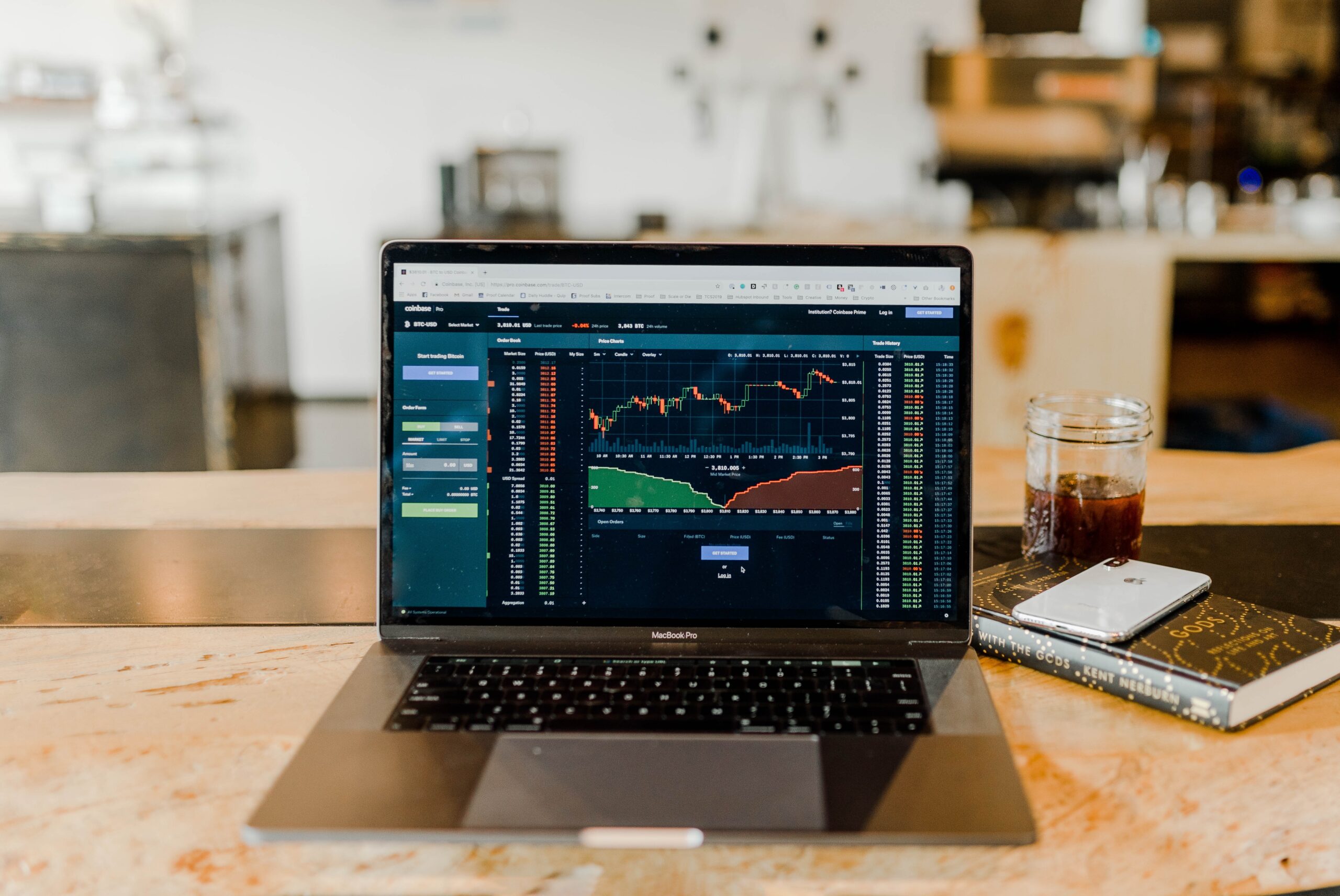COVID-19 has left a significant impact on the Indian stock market which the country has never seen before. As the virus spread across the country, markets loom under fear due to the spread of uncertainty. A weak stock market performance many days in the past month. has seen the market close at the red for
Pre COVID-19, market capitalisation stood at $2.16 trillion on major exchanges in the country. With blue-chip companies such as HDFC Bank, TCS, Reliance, ICICI playing a prominent role in keeping the Sensex positive, it returned around 14% for the year 2019.
In 2020, Sensex grew strong with both NSE and BSE trading at their highest levels, at 12,362 and 42,273 respectively which helped the market to recover. The market conditions were beneficial as they witnessed record highs in Mid-January.
However, when COVID-19 spread across the world, several markets went into a downslide which no one had witnessed since the Global Financial Crisis of 2008. Lockdown has left many businesses on halt and while some continued but not on the pre-COVID scale of operations. Global markets and local trends had a clear effect on the Indian market as the BSE Sensex and Nifty 50 fell by 38% losing market cap of 27.31% as compared to the start of the year.
The Pandemic brought fears in the market as investors, foreign and domestic began scaling down their investment. Layoffs increased, employee compensations and hiring freezes became the new normal. Sectors like tourism, entertainment, and hospitality were heavily affected and contracted by more than 40 %
Reserve Bank of India (RBI) continuously injected money to ease financial stress and maintain adequate liquidity and financial stability in the system. Reforms such as reduction of repo rate and several other measures to boost liquidity in the system were taken. The central government came up with a stimulus economic package of Rs 20 lakh crores or nearly 10% GDP, as claimed by the government.
The impact of the pandemic was strong in all sectors which led to rising bad loans, payments deferrals, closed businesses, lack of new loads which undermined the growth of economic activity.
Companies began using technology-driven processes and products that are innovative and essential during the lockdown to improve its reach like E-commerce players, healthcare insurance space, India has also recently replaced China as the leading Pharmeucitical products.,
The IMF estimates the total global GDP loss would be around 9 trillion, which the combined GDP of developed countries Japan and Germany. GDP growth for India in the financial year 2021 projection is 1.9 per cent by the IMF which is highest among the G20 nations. India will revive completely in the prior year 2021 with the V-shaped recovery of 9 per cent growth, which will be highest again among the G20 nations.
BSE index fall is temporary and each drop provides investors with new opportunities to enter the Indian stock market and earn higher returns. Another major player in the private banks with adequate liquid funds which will be very helpful in the recovery of the economy once the COVID-19 pandemic ends.
While the COVID-19 crisis is real and it will leave a significant impact on the world economy, it is speculated that the impacts of such a crisis, don’t last long and experts say that the conditions will improve by 2021.

